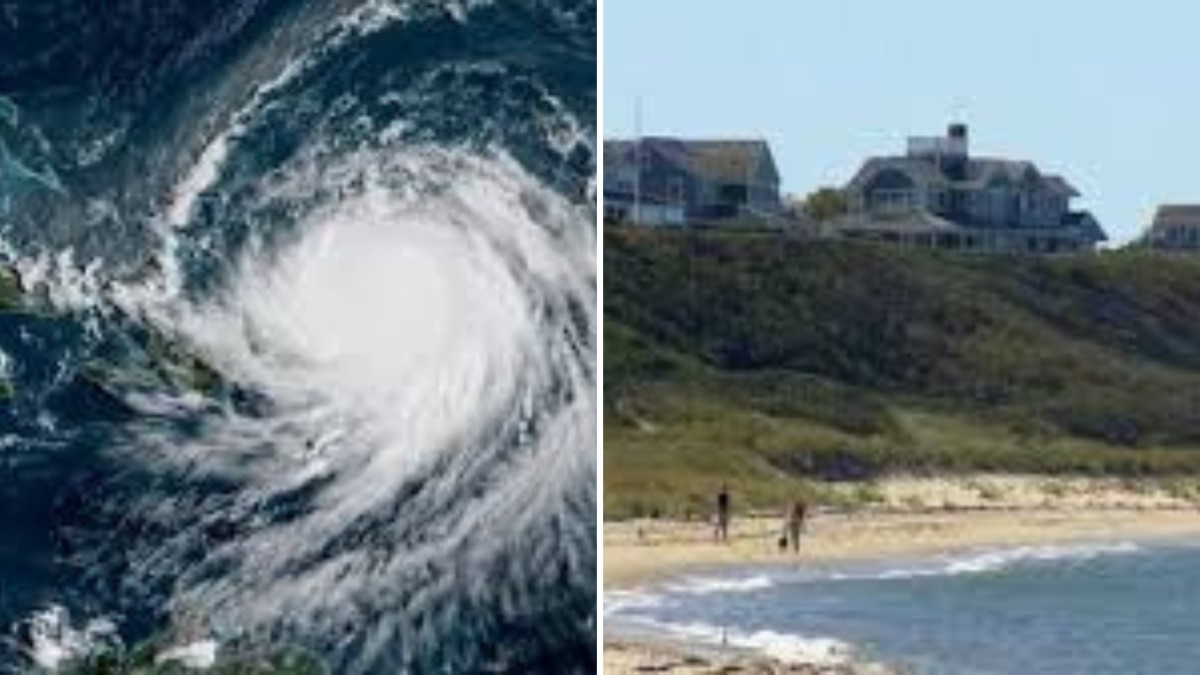Hurricane Erin, now a powerful Category 1 storm swirling in the western Atlantic, has disrupted thousands of vacationers’ late-summer plans as popular beaches shut down access due to dangerous surf and rip currents. The storm, though far offshore, is producing powerful swells that are battering the coastline with waves topping 10 feet in several locations.
🧳 Tourists Forced Off Beaches as Warnings Intensify
Families and tourists who flocked to the shorelines for the final weeks of summer are now being turned away. From Florida’s Space Coast to Cape Cod in Massachusetts, local governments have ordered beach shutdowns, canceled surf lessons, and suspended boating activities.
“We came down from Chicago for our first beach vacation in years,” said Rebecca Nguyen, a visitor in Myrtle Beach, South Carolina. “But everything’s closed, and we’ve been told to stay away from the water. It’s disappointing—but safety comes first.”
In Outer Banks, North Carolina, and Ocean City, Maryland, beachfront hotels are placing caution signs at every boardwalk access point. Some resorts are offering refunds or free rescheduling due to what’s being called an “ocean emergency.”
🏄♀️ From Surf Paradise to Safety Nightmare
Though surfers are drawn to the massive waves Hurricane Erin has created, coast guards and emergency services are warning even advanced watermen to think twice.
“We had two near-drownings yesterday alone,” said Lt. Carlos Menendez with the Virginia Beach Marine Patrol. “This is not normal surf—it’s hurricane-driven and highly unpredictable.”
Lifeguards are patrolling not just the shoreline, but also hotel pool decks and beach bars, reminding tourists to avoid tempting dips into the surf, especially after sunset.
🚫 Economic Blow to Beach Towns
Small businesses are also feeling the impact. Surf shops, kayak rentals, and beachfront restaurants that rely heavily on peak-season crowds are now reporting sharp declines in customer traffic.
“August is usually our last big push before the off-season,” said Maria Torres, who owns a surfboard rental shop in Cocoa Beach, Florida. “We’ve had to shut down for three days now—this hurts.”
Local officials are working with state emergency services to assess how long the hazardous marine conditions may last, with forecasts suggesting that dangerous surf may persist for up to 72 hours, even after the hurricane moves further out to sea.
📉 Flights & Ferry Services Affected
Although Erin is not expected to make landfall, its wide influence is impacting transportation networks, especially for travelers to and from barrier islands and coastal regions:
- 🚫 Ferry services to Cape Hatteras and Ocracoke Island have been temporarily suspended.
- ⚠️ Flight delays reported at regional airports in Wilmington (NC), Charleston (SC), and Norfolk (VA) due to high winds and low cloud cover.
- 🛥️ Cruise ships departing from Miami and Port Canaveral have adjusted itineraries to avoid storm-affected waters.
📢 Official Guidance
The National Weather Service (NWS) and National Hurricane Center (NHC) continue to issue updated bulletins regarding rip current risks and coastal flooding potential. Communities are advised to stay on high alert.
Key Safety Reminders:
- Stay out of the ocean until local authorities lift restrictions.
- Follow all posted warning flags and lifeguard instructions.
- Avoid standing on piers or jetties—rogue waves can sweep people away.
🔍 Looking Ahead: When Will It Calm Down?
Meteorologists say Hurricane Erin will likely stay offshore, with no immediate threat of landfall in the U.S., but long-period swells could linger along the East Coast through the weekend. Some models suggest a second low-pressure system forming in the Atlantic could complicate forecasts for next week.
“Just because it’s sunny doesn’t mean it’s safe,” said NOAA meteorologist Brian Cortez. “Conditions can still be deadly under clear skies. The ocean is responding to forces far beyond the horizon.”


